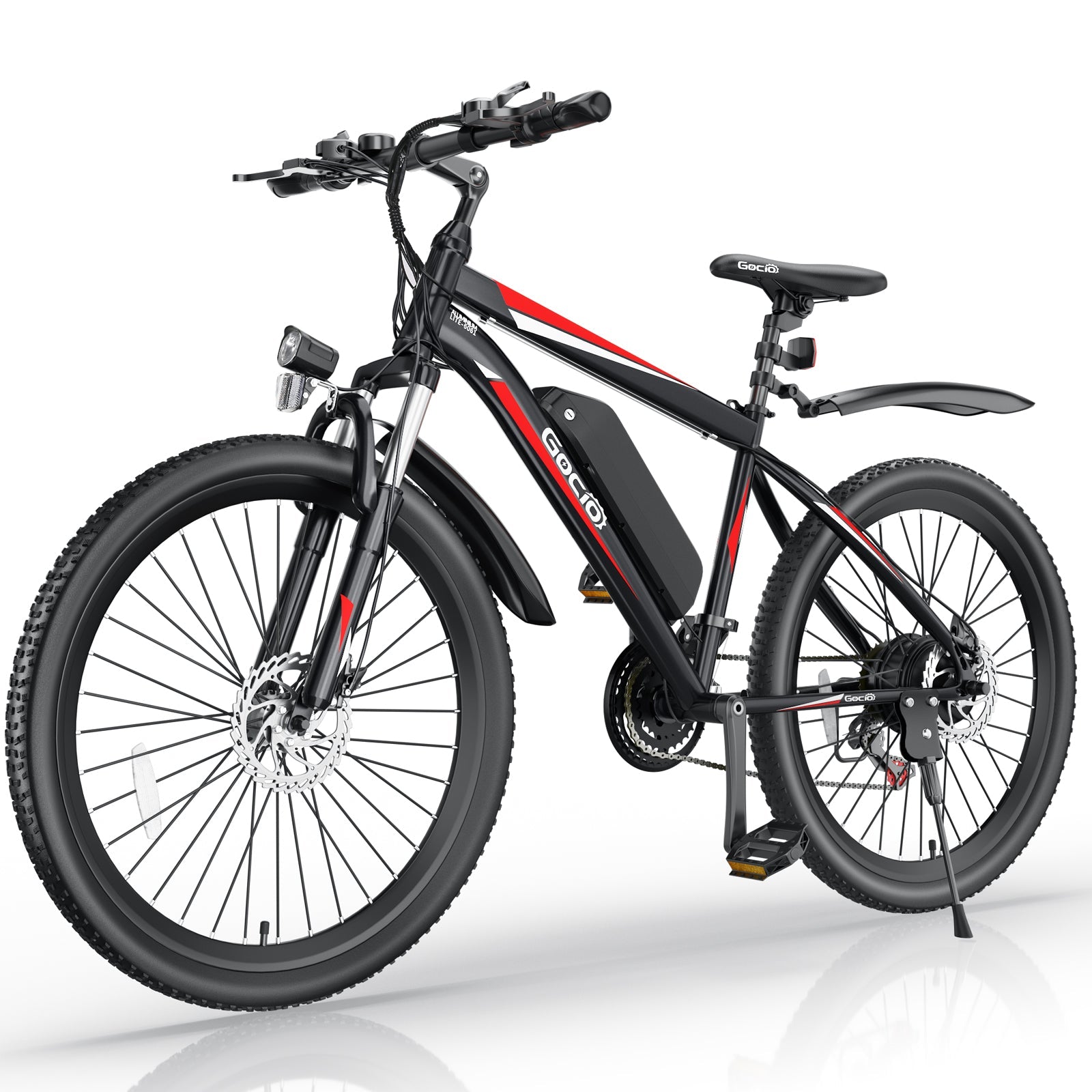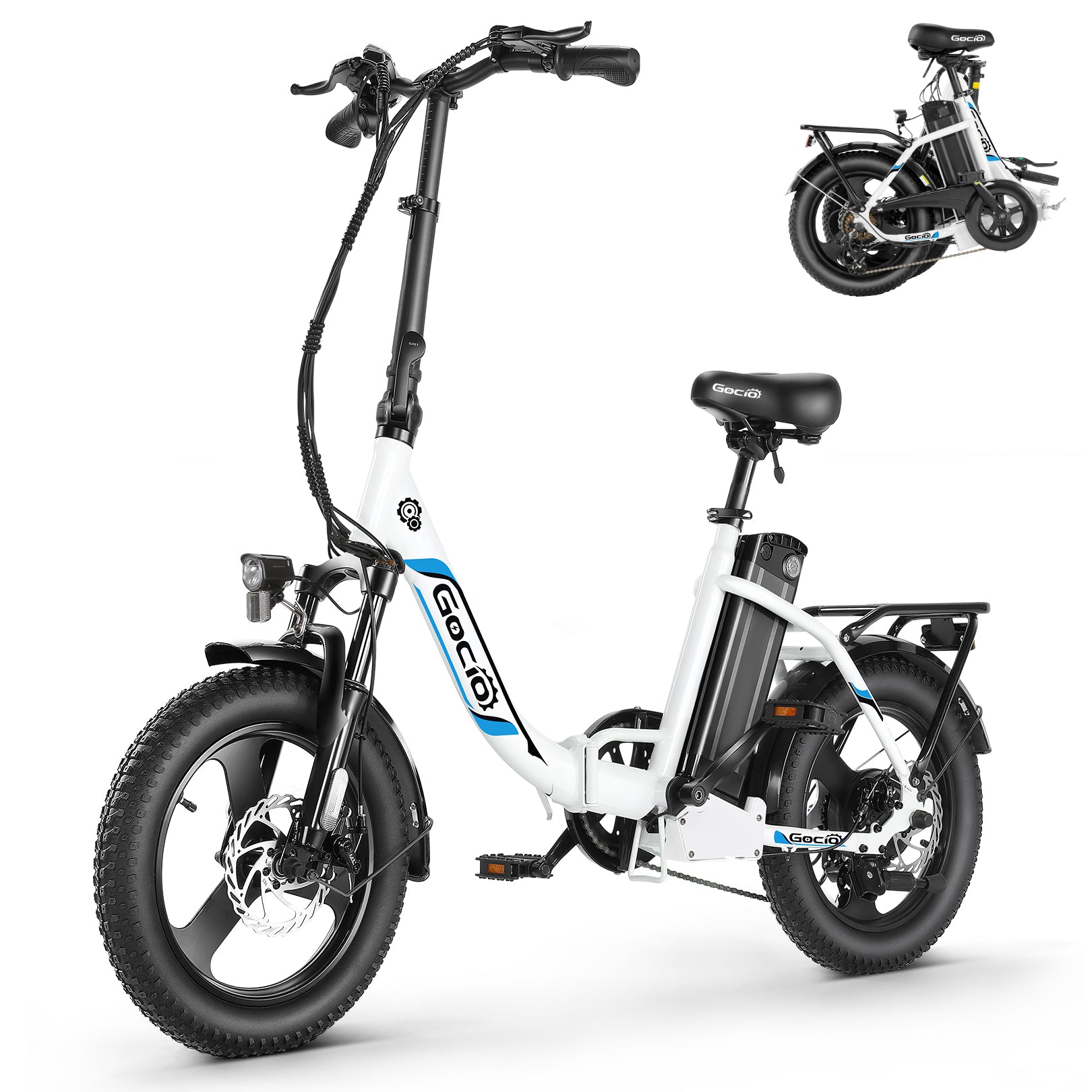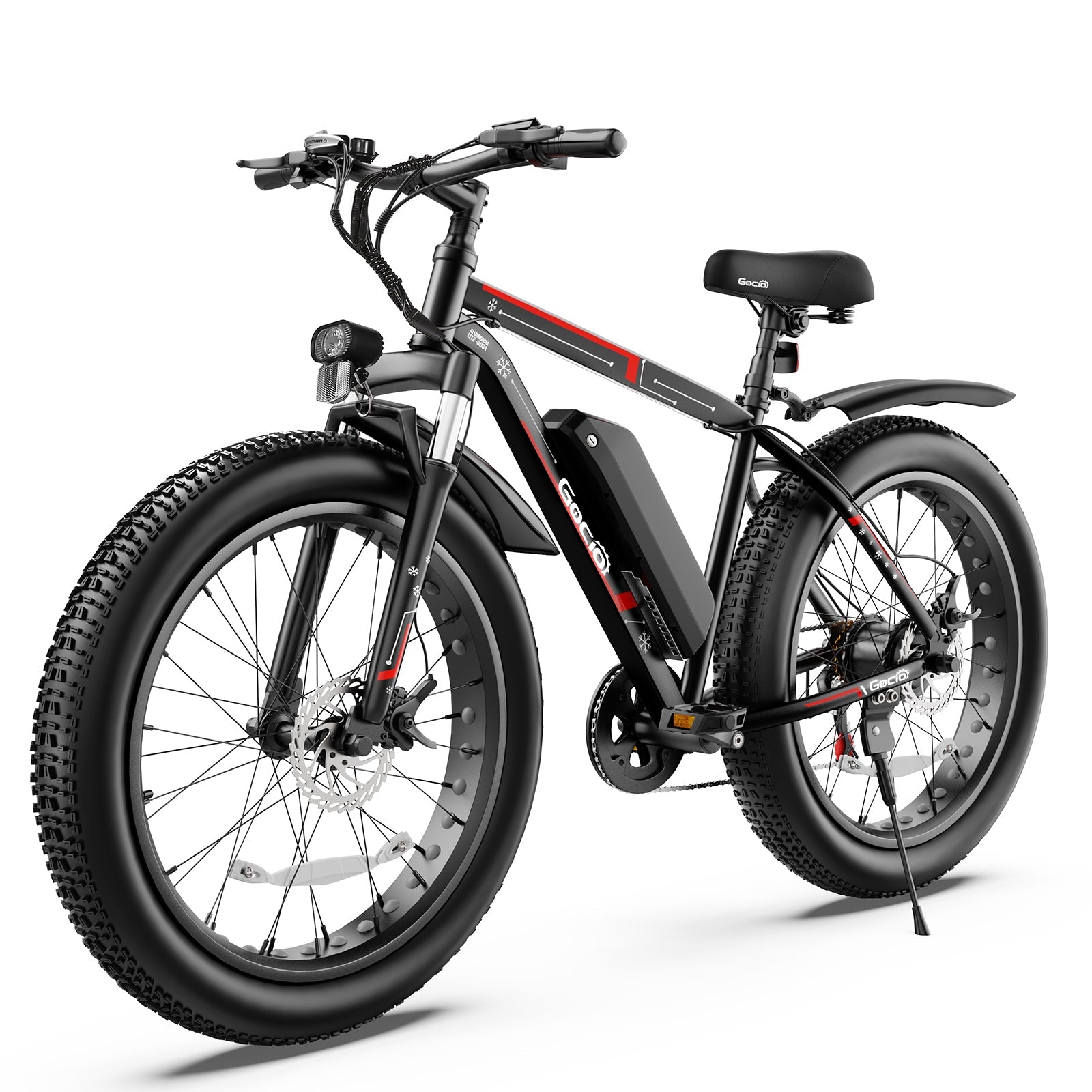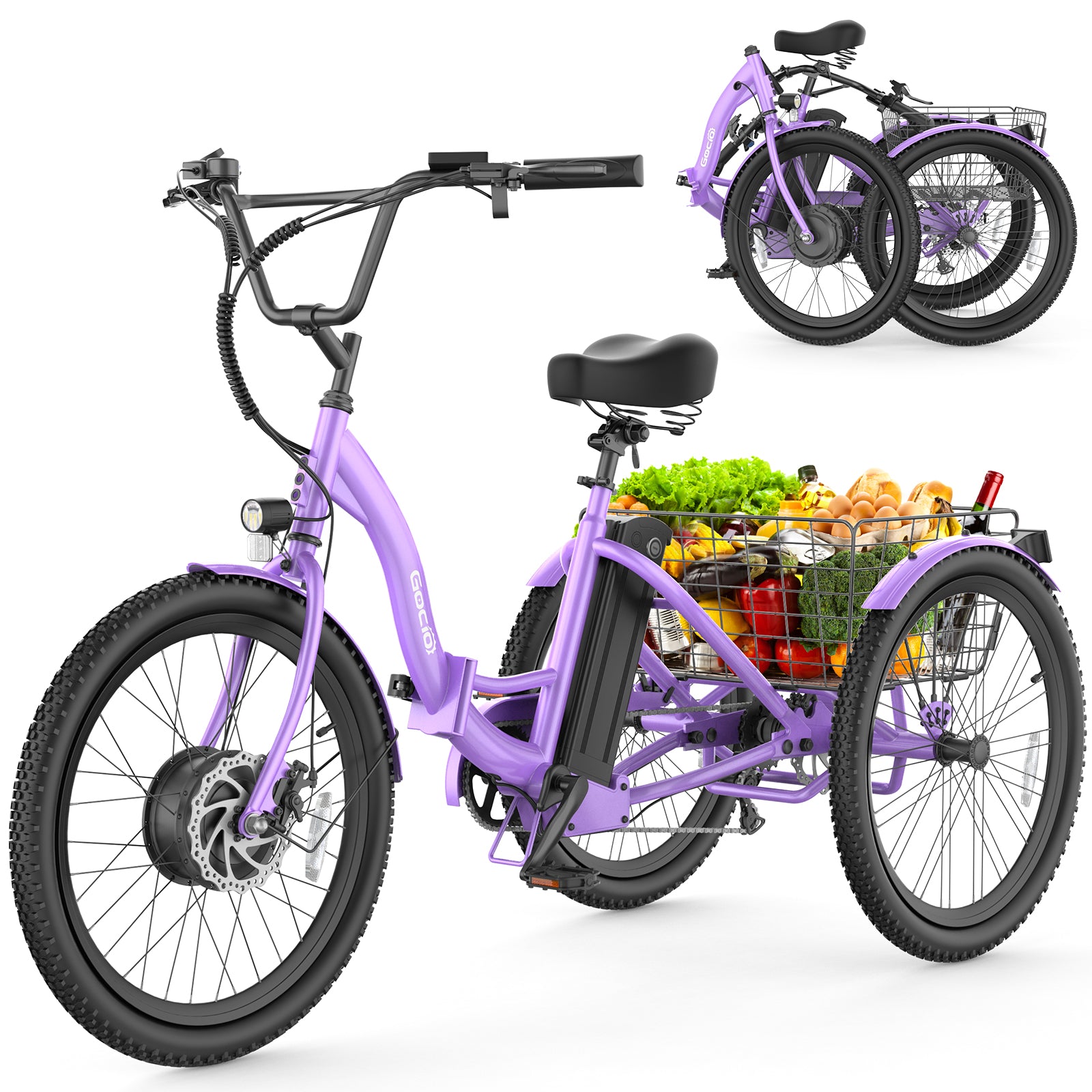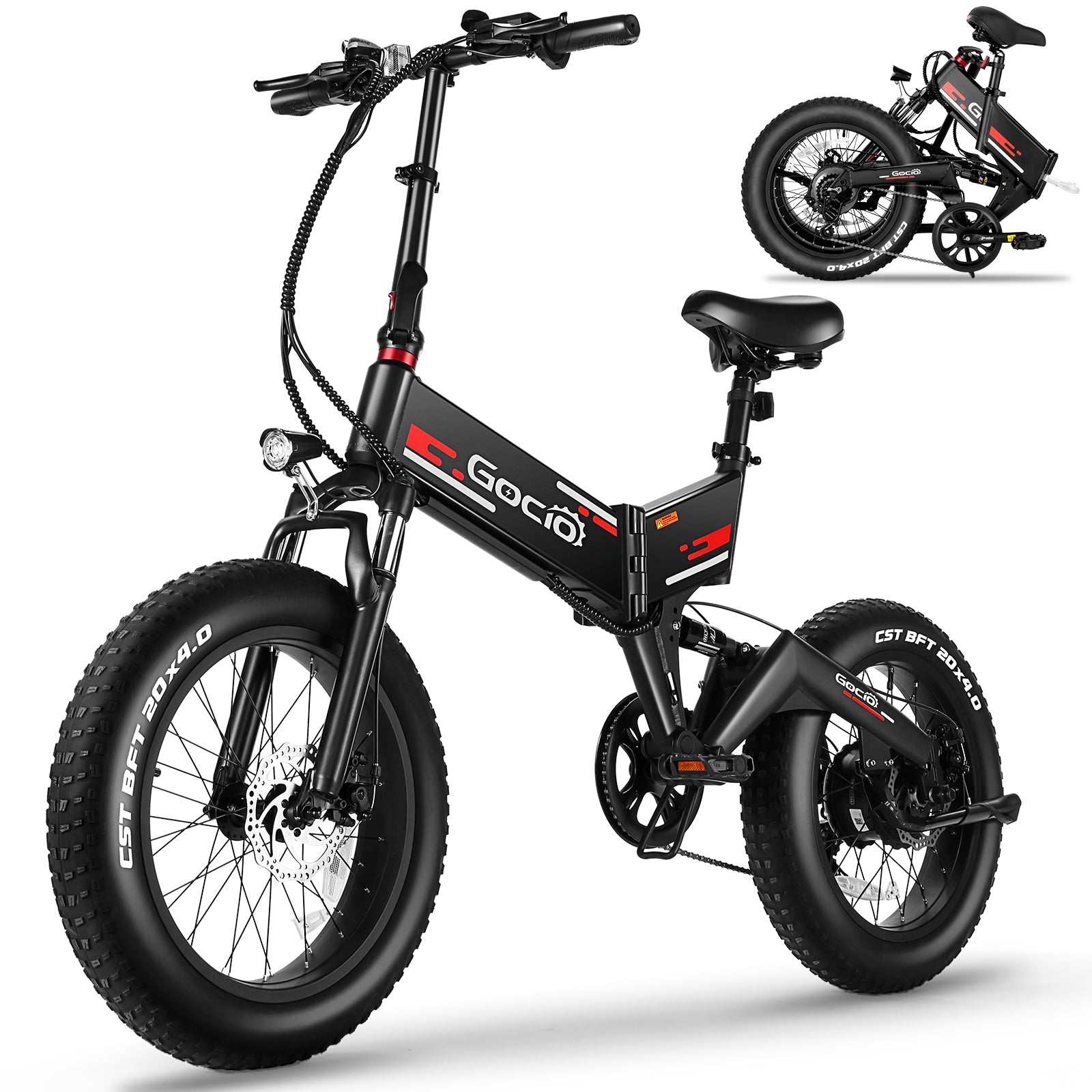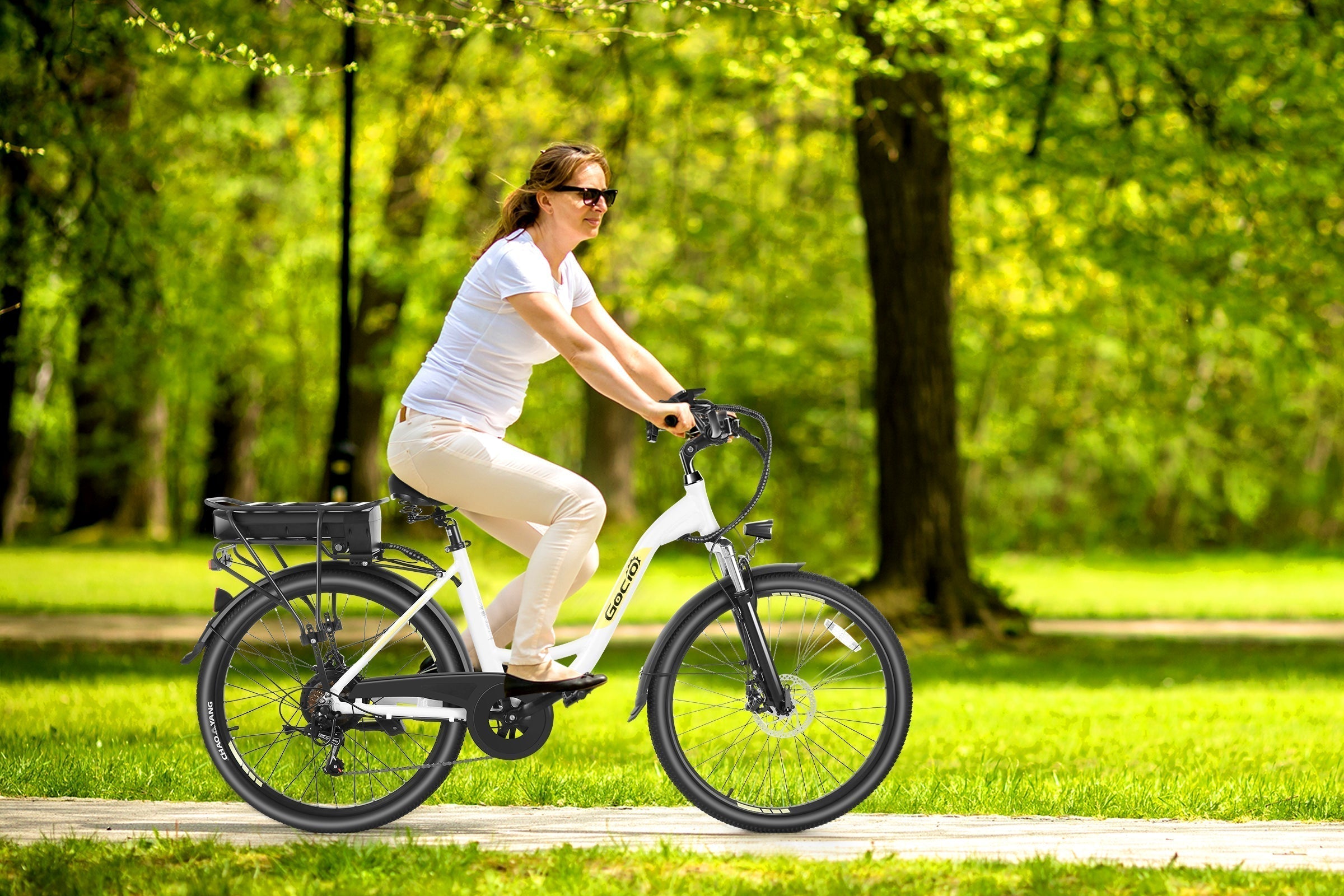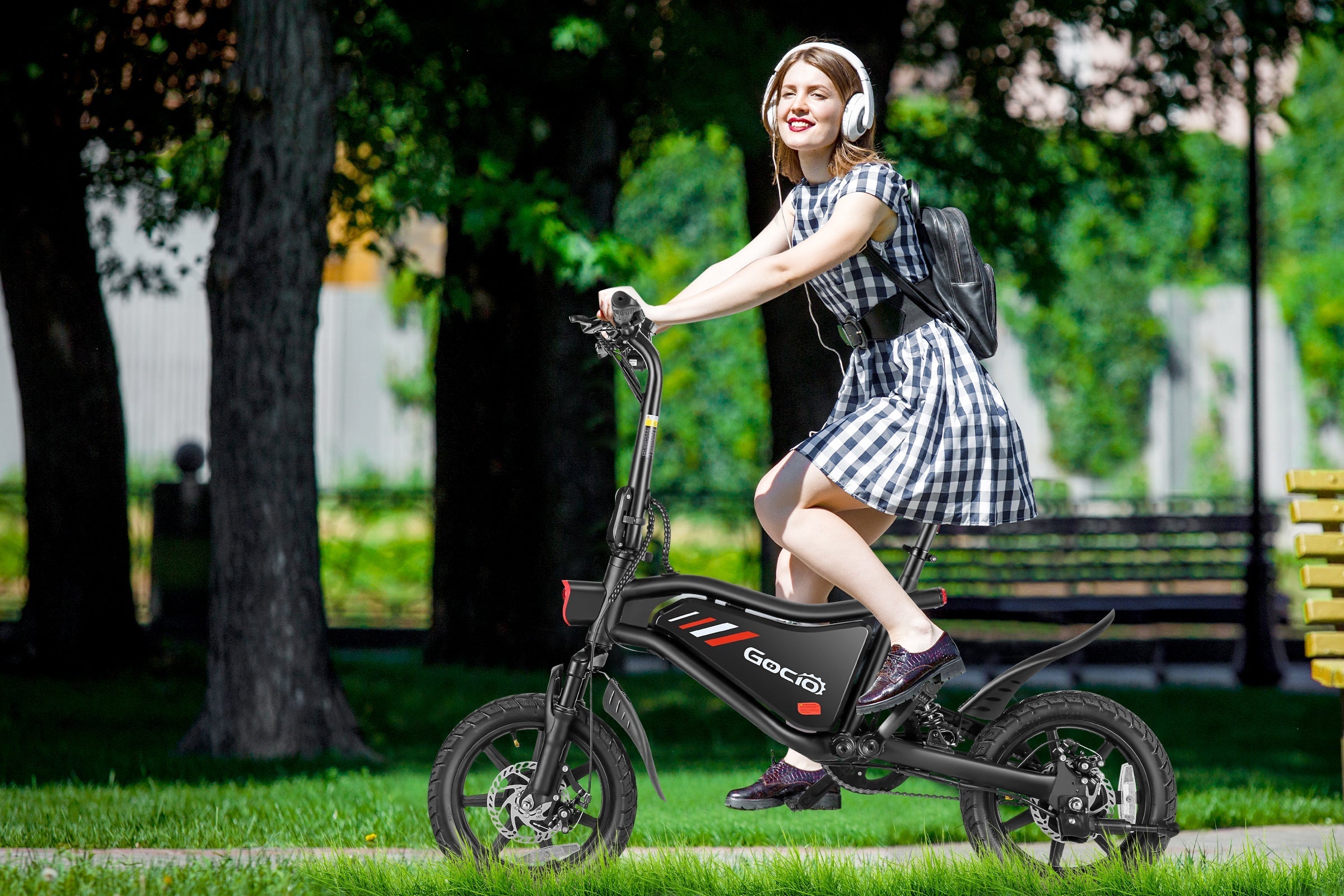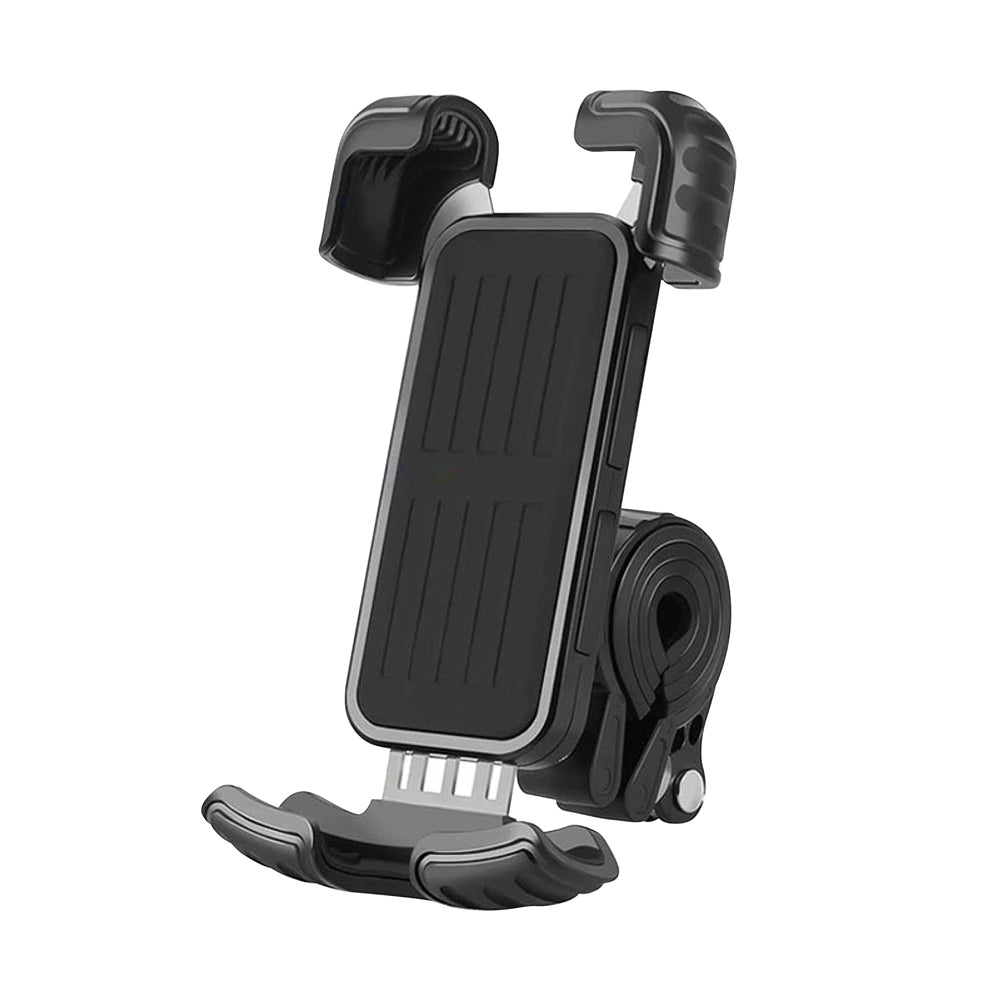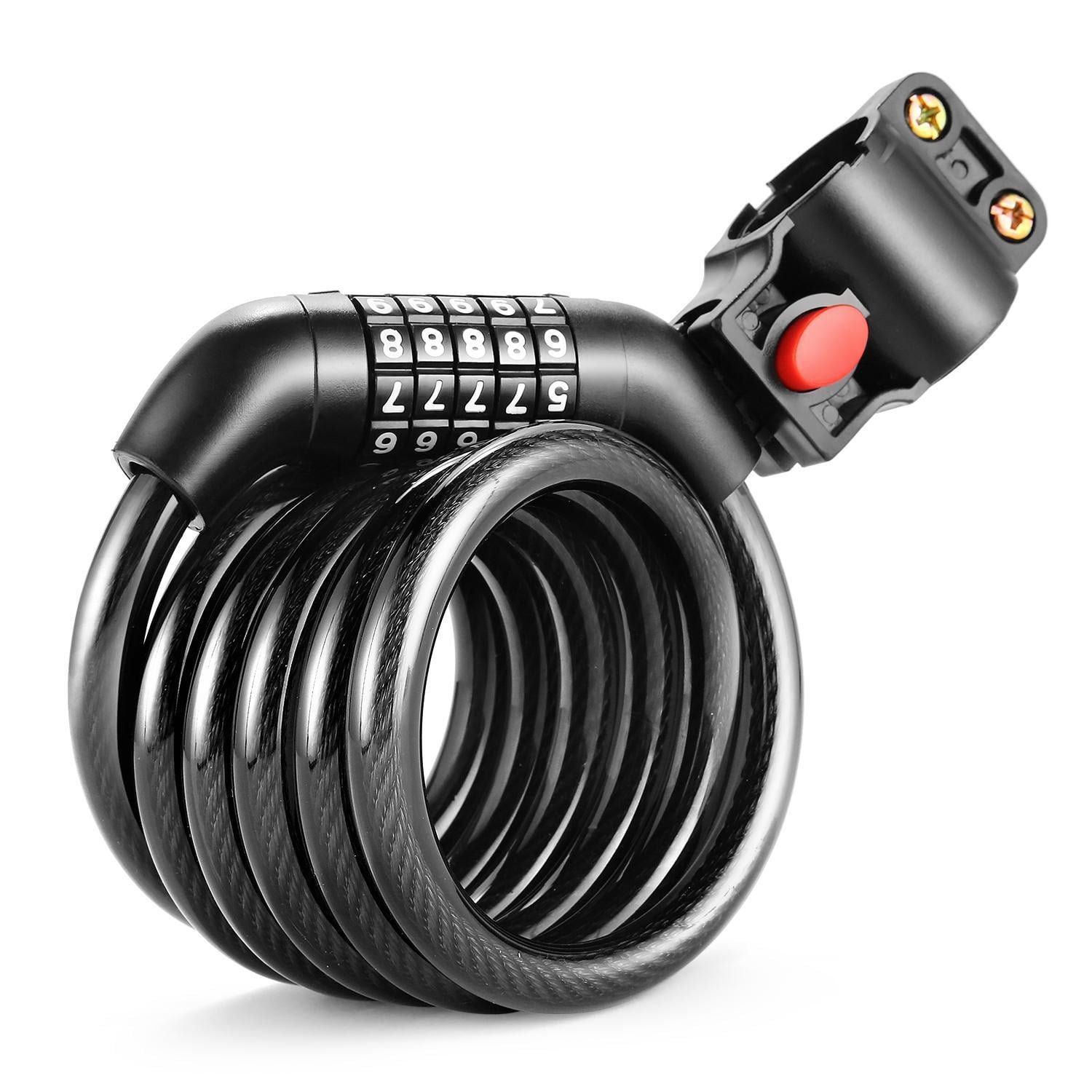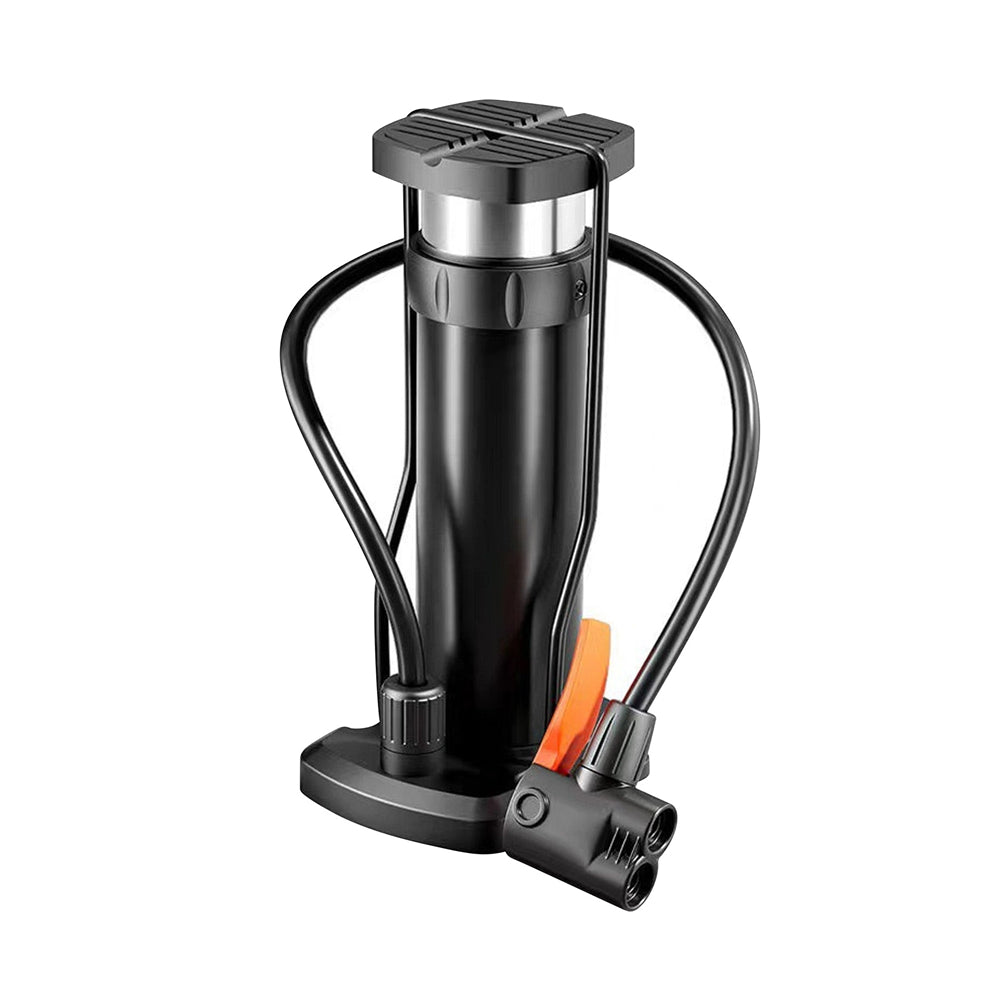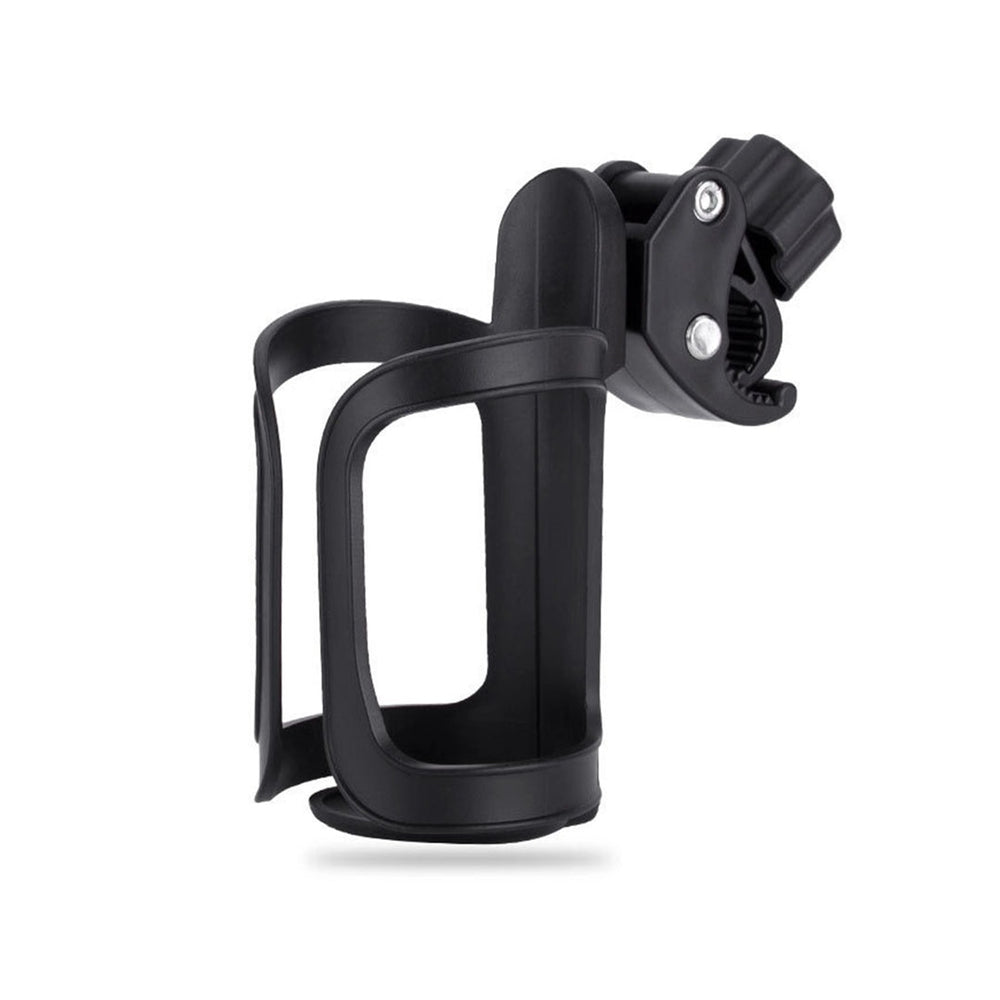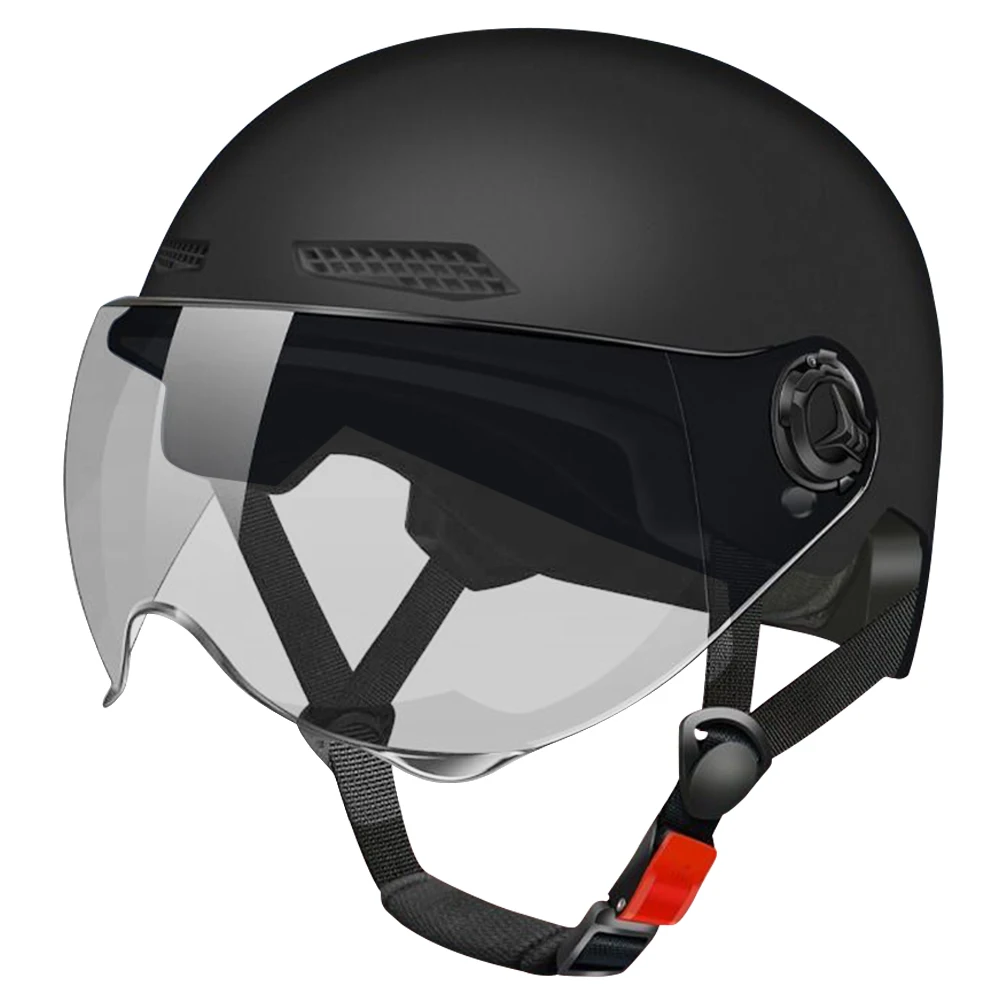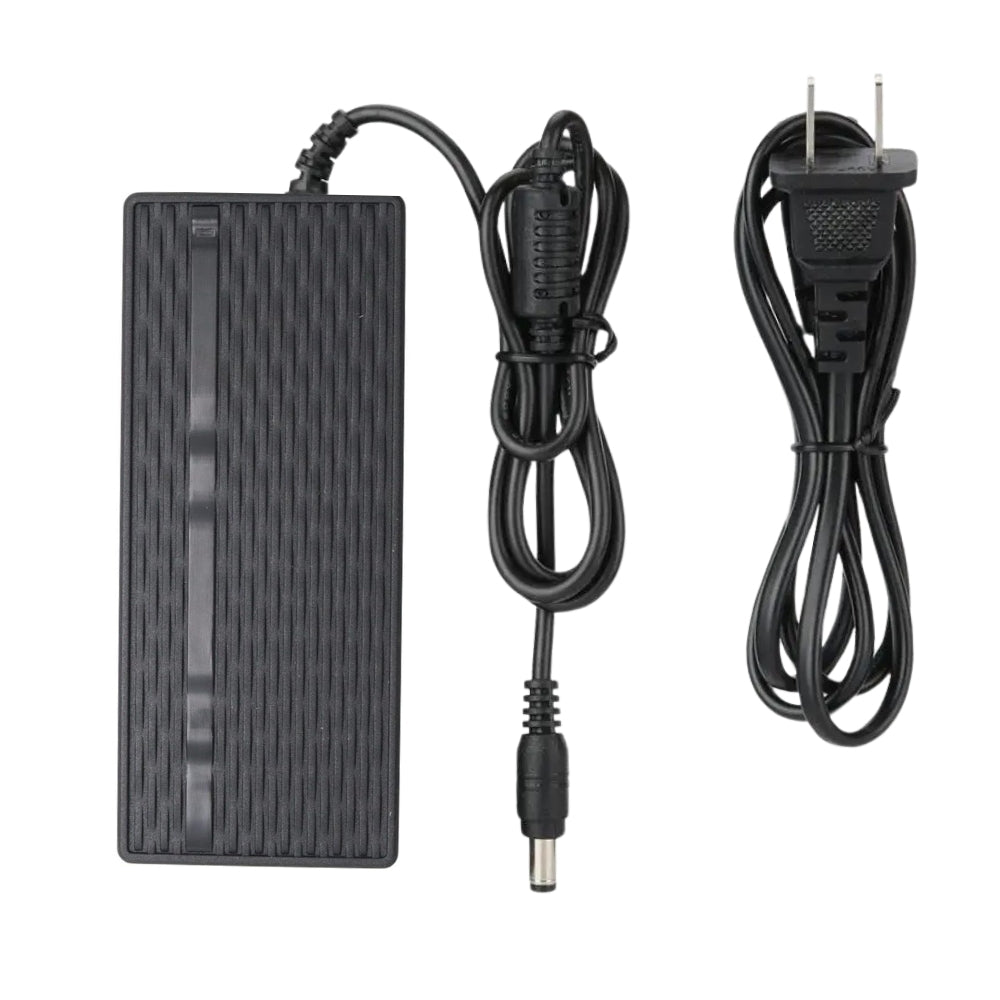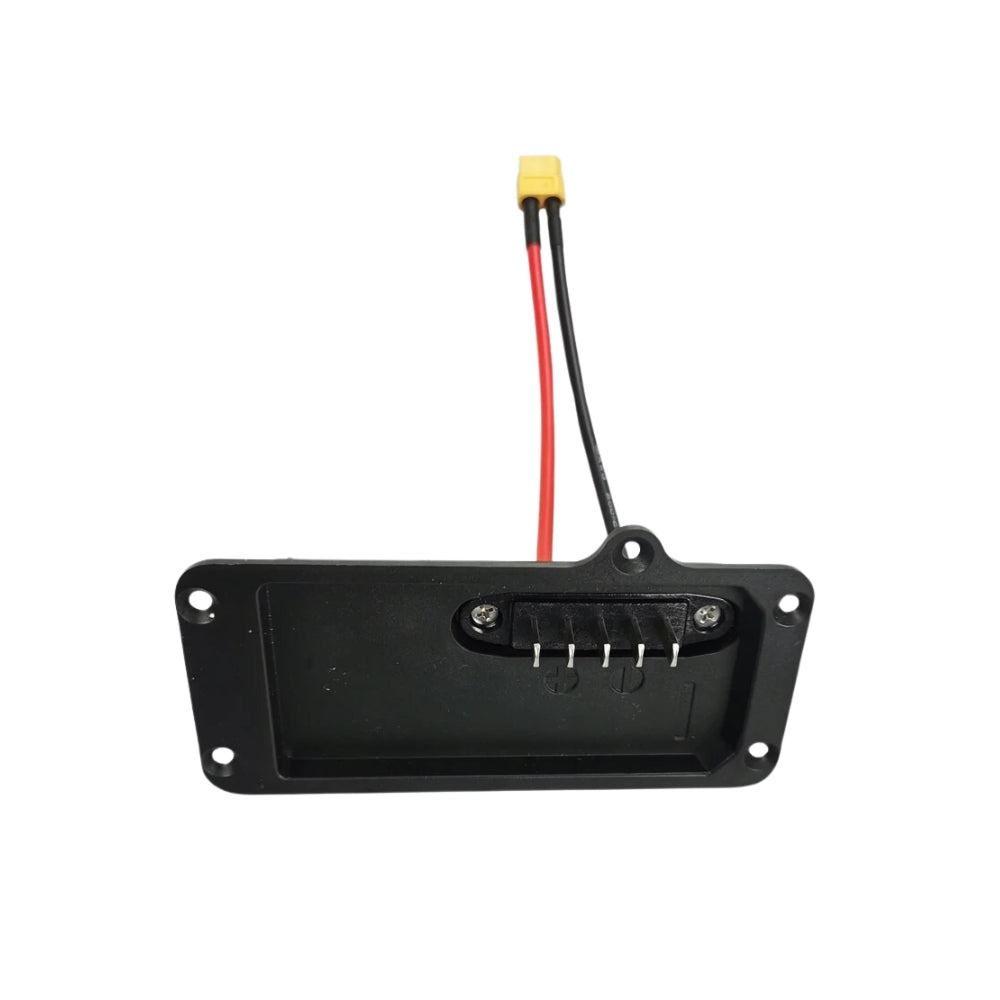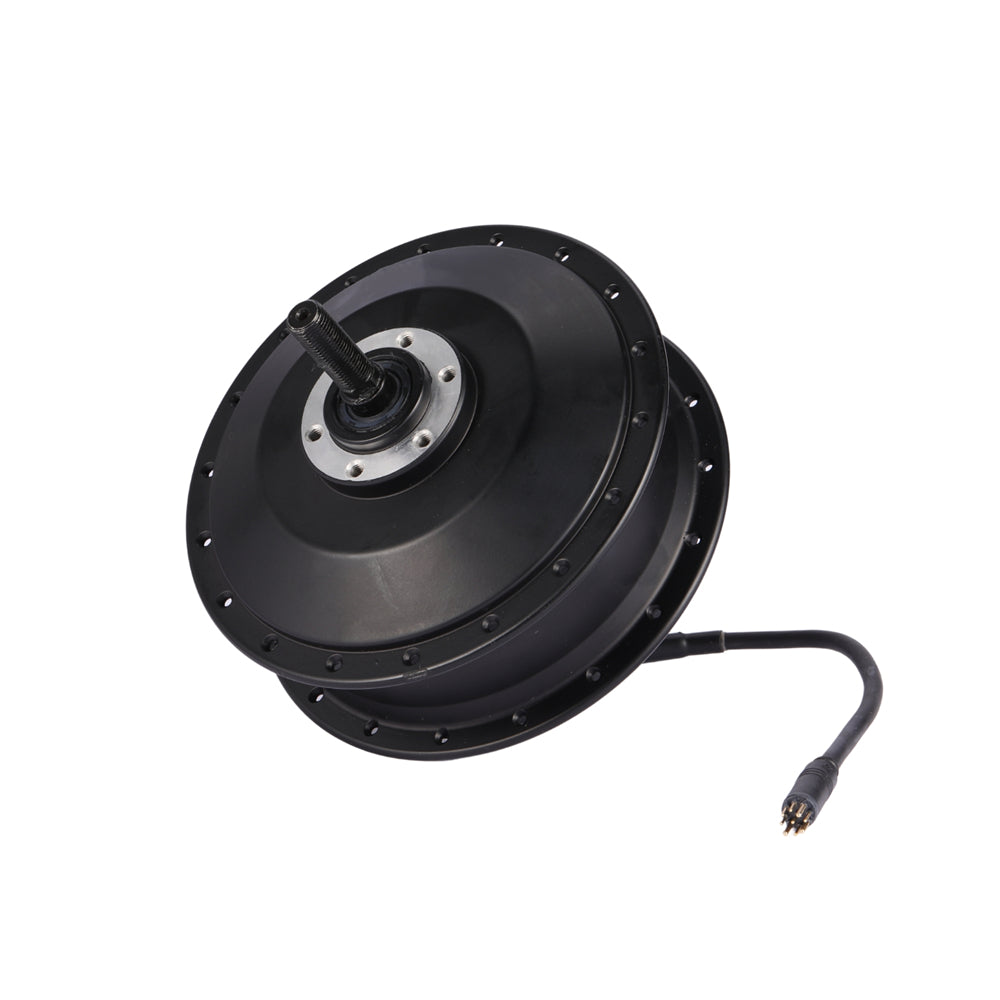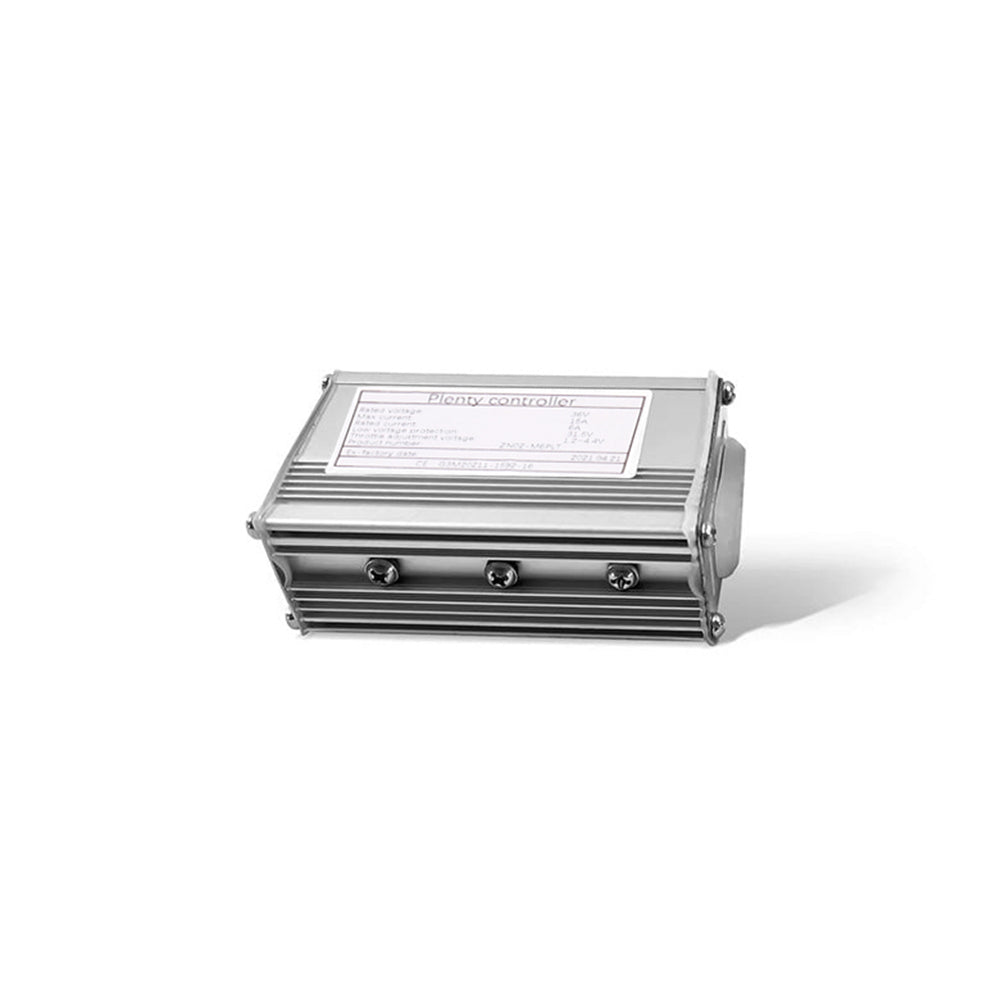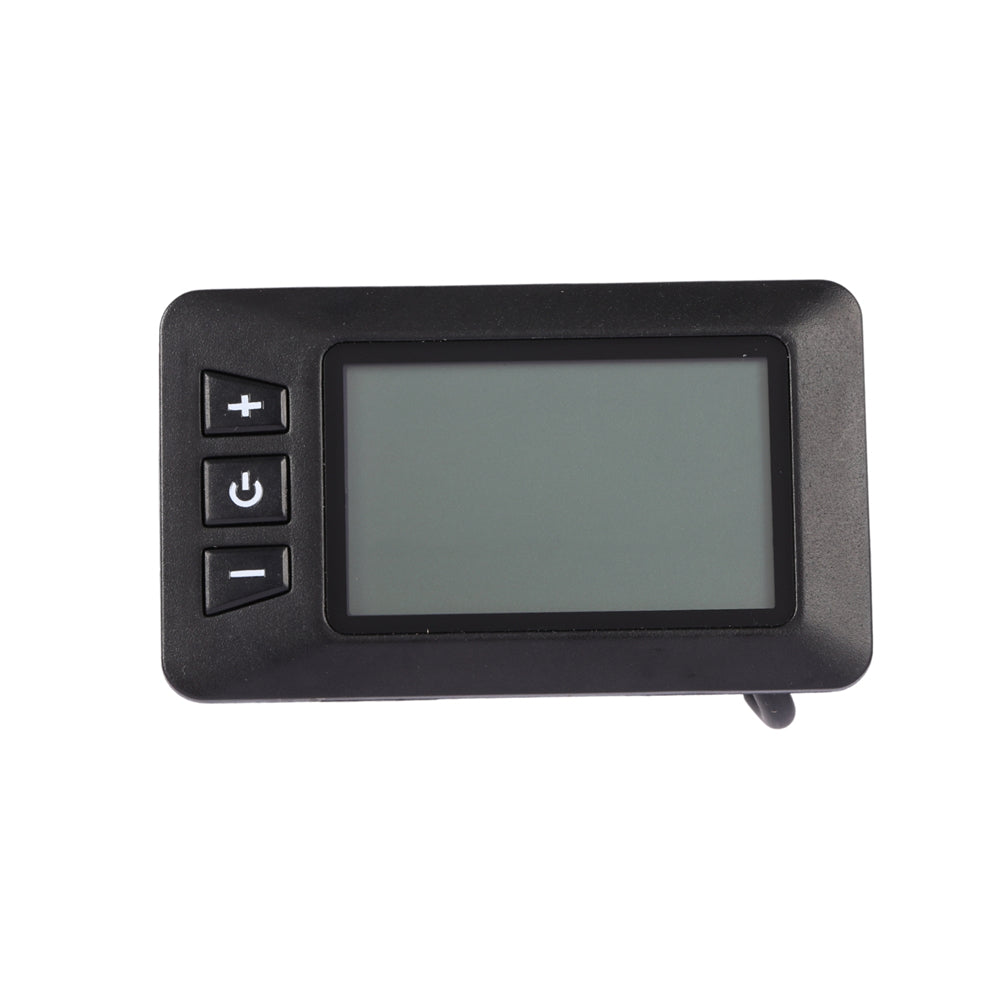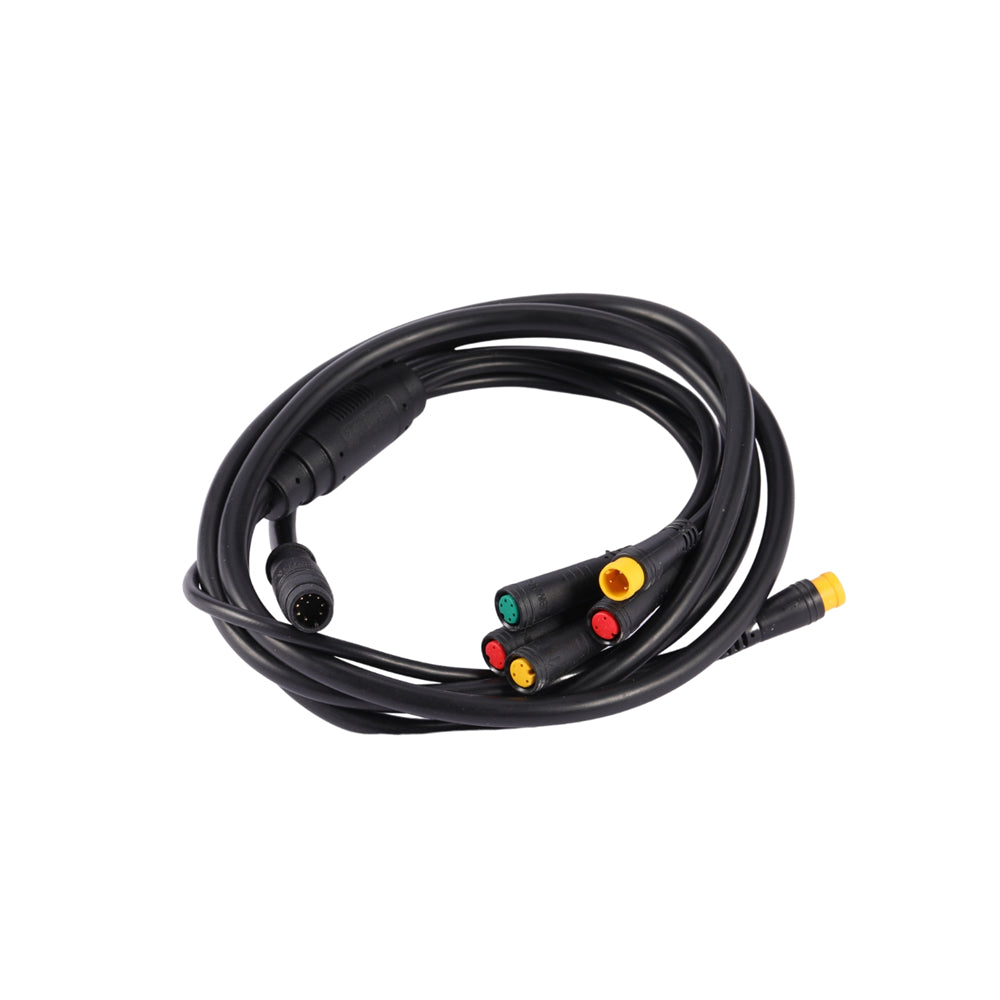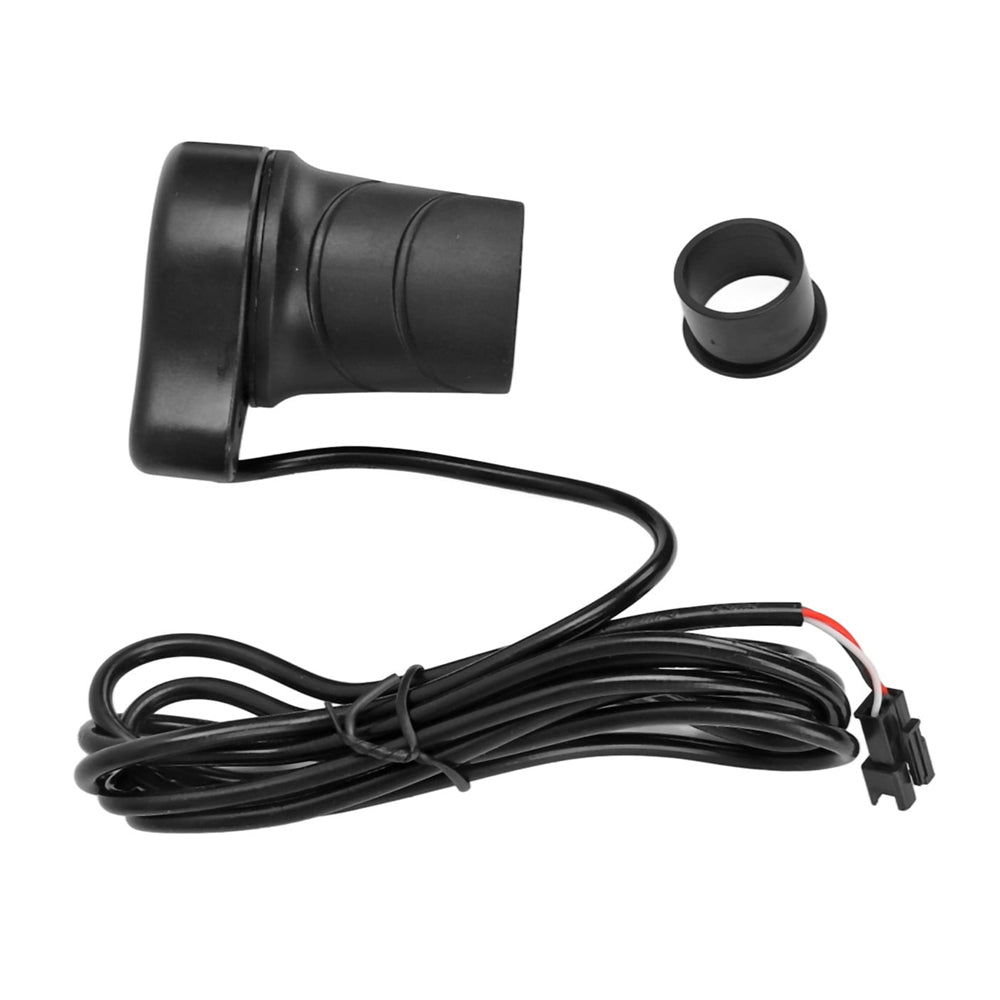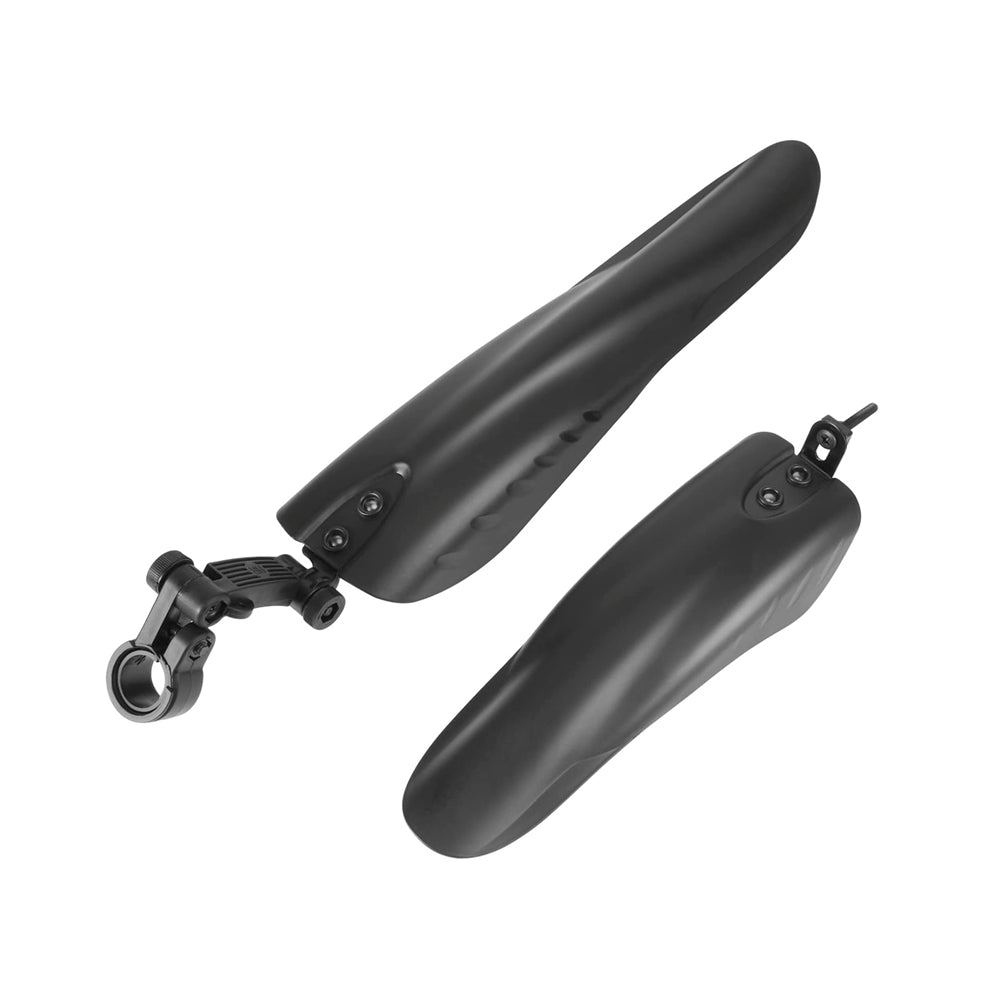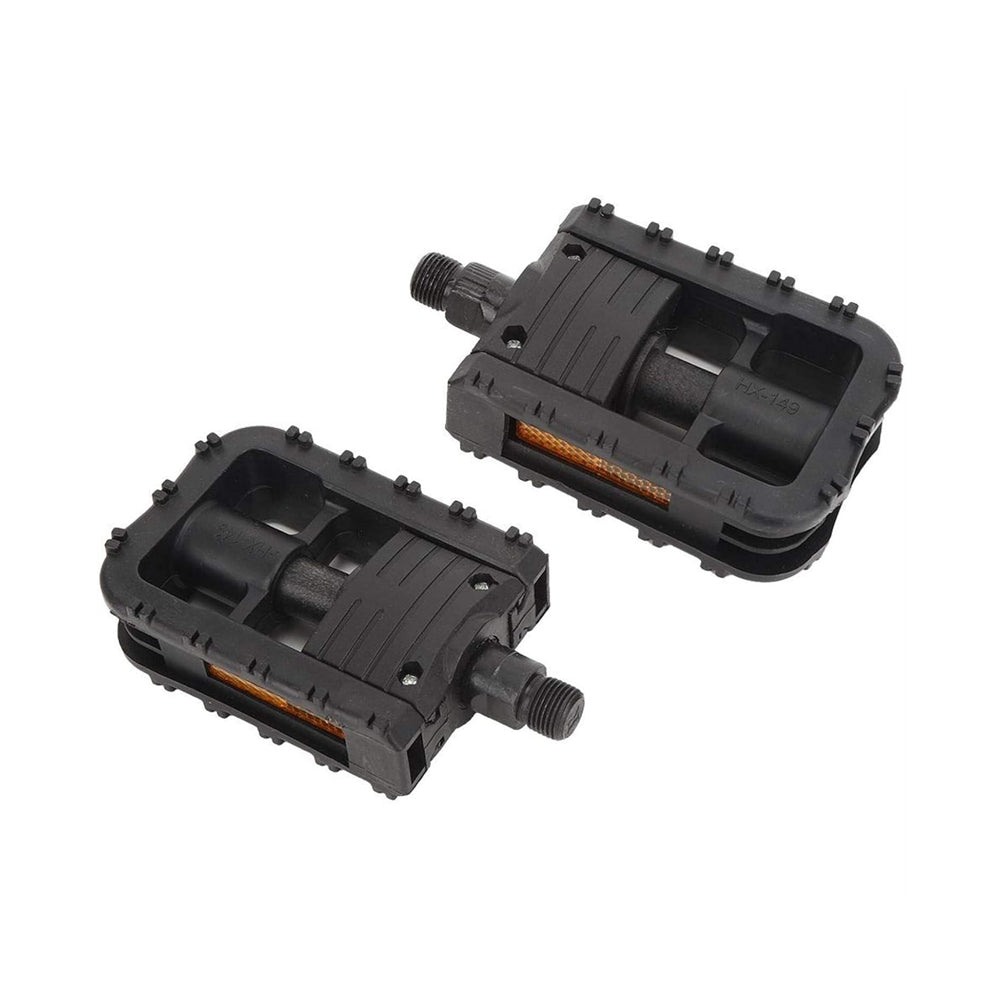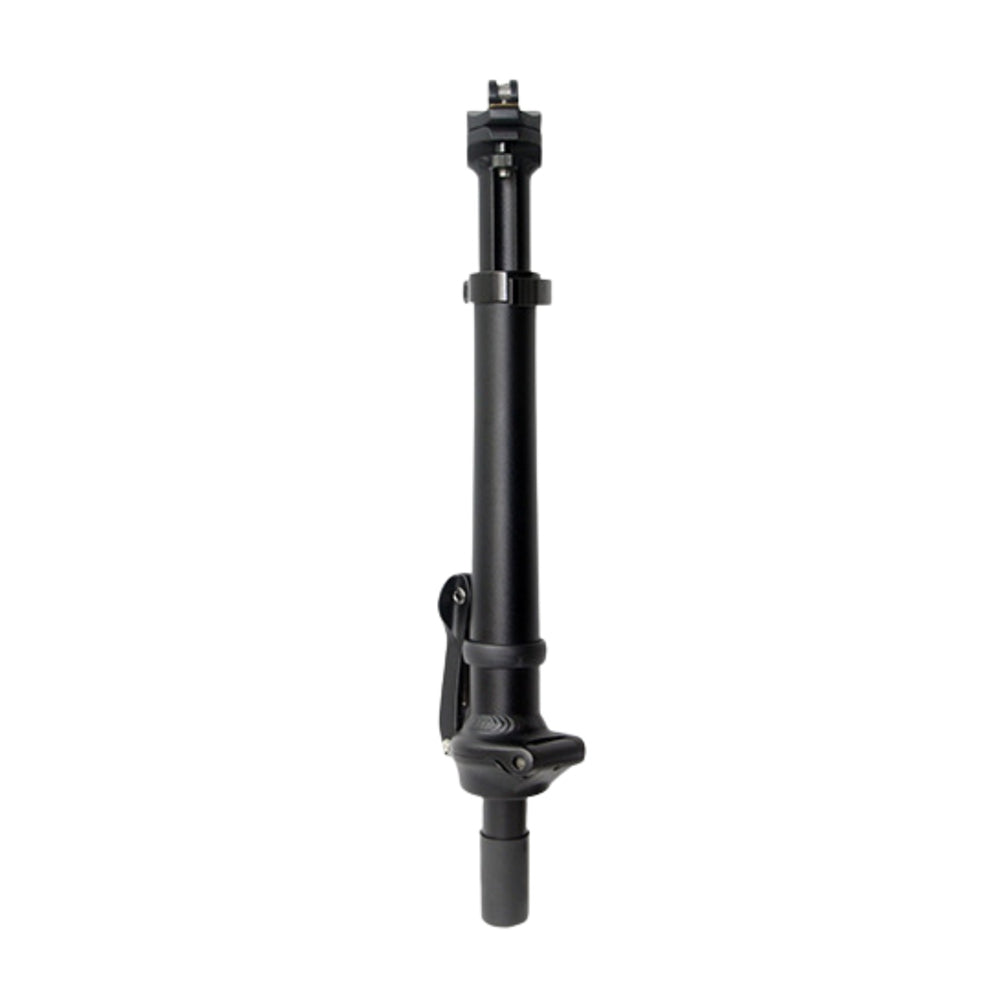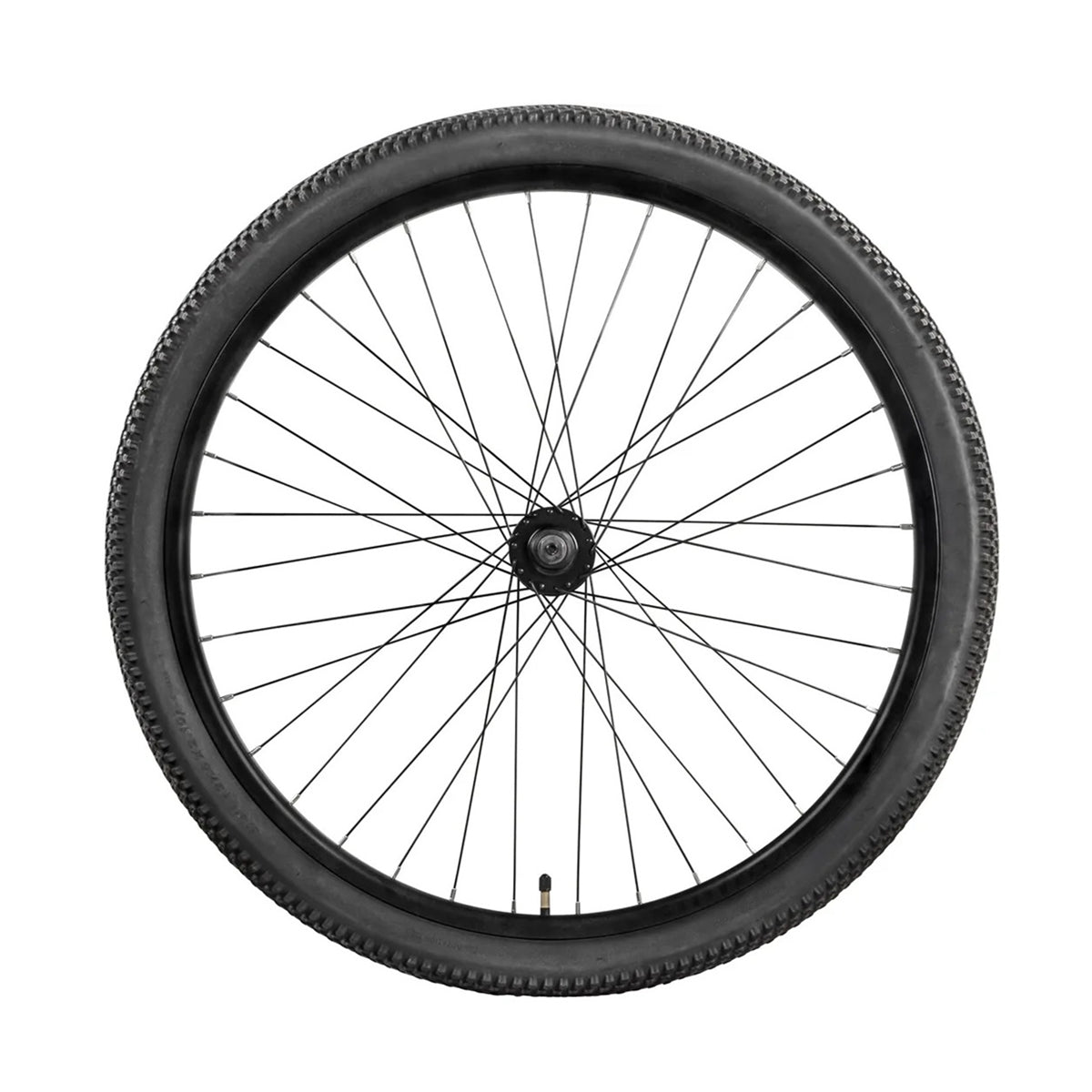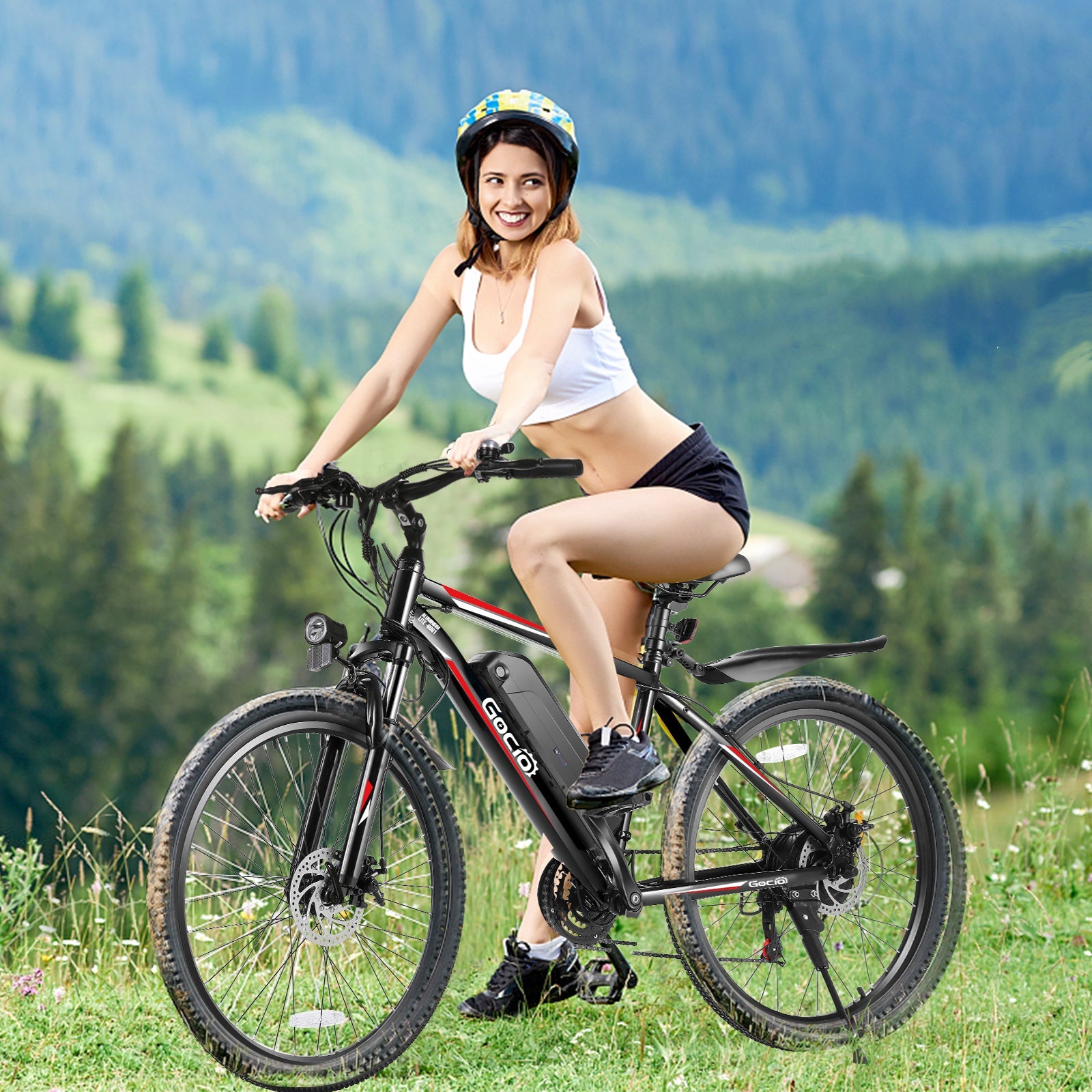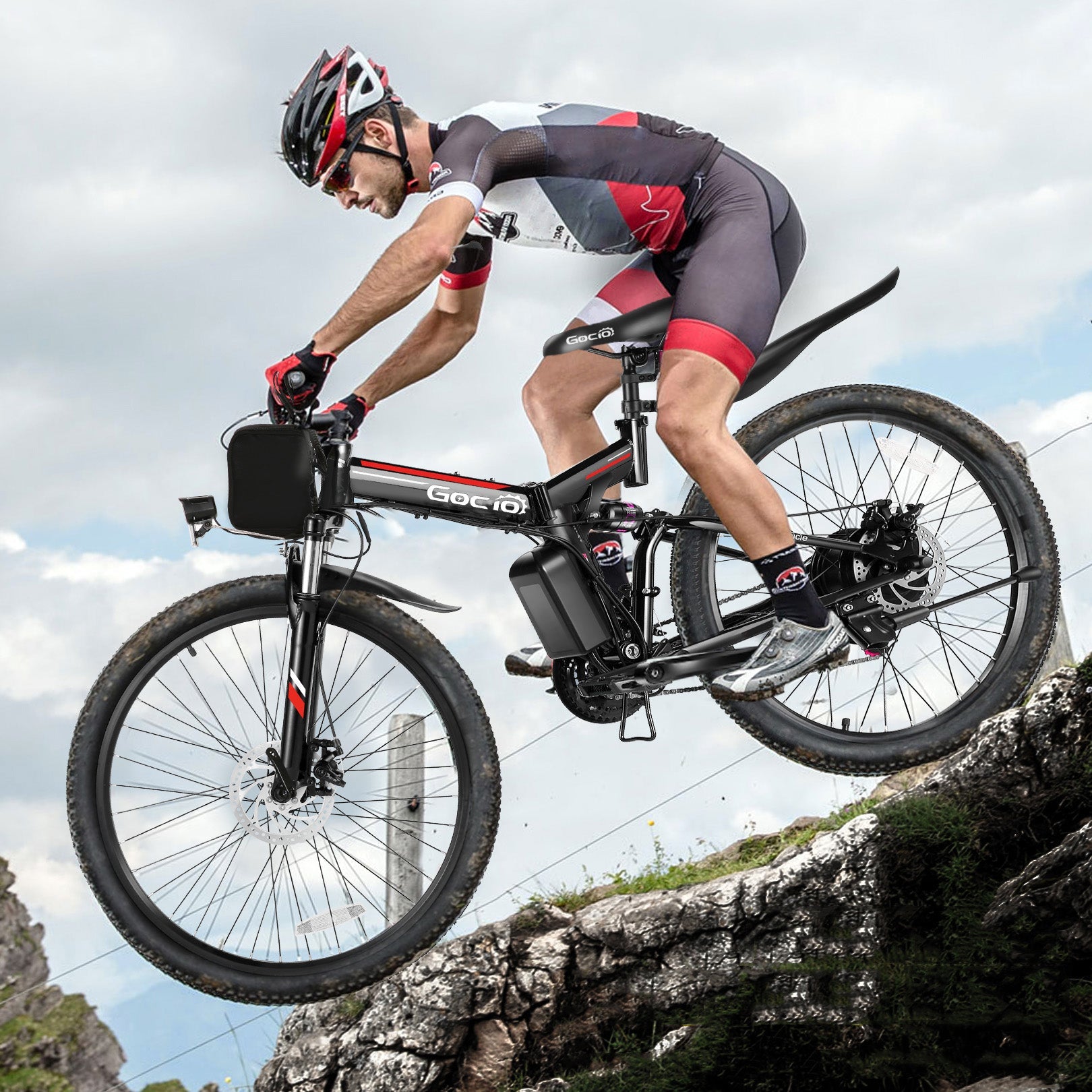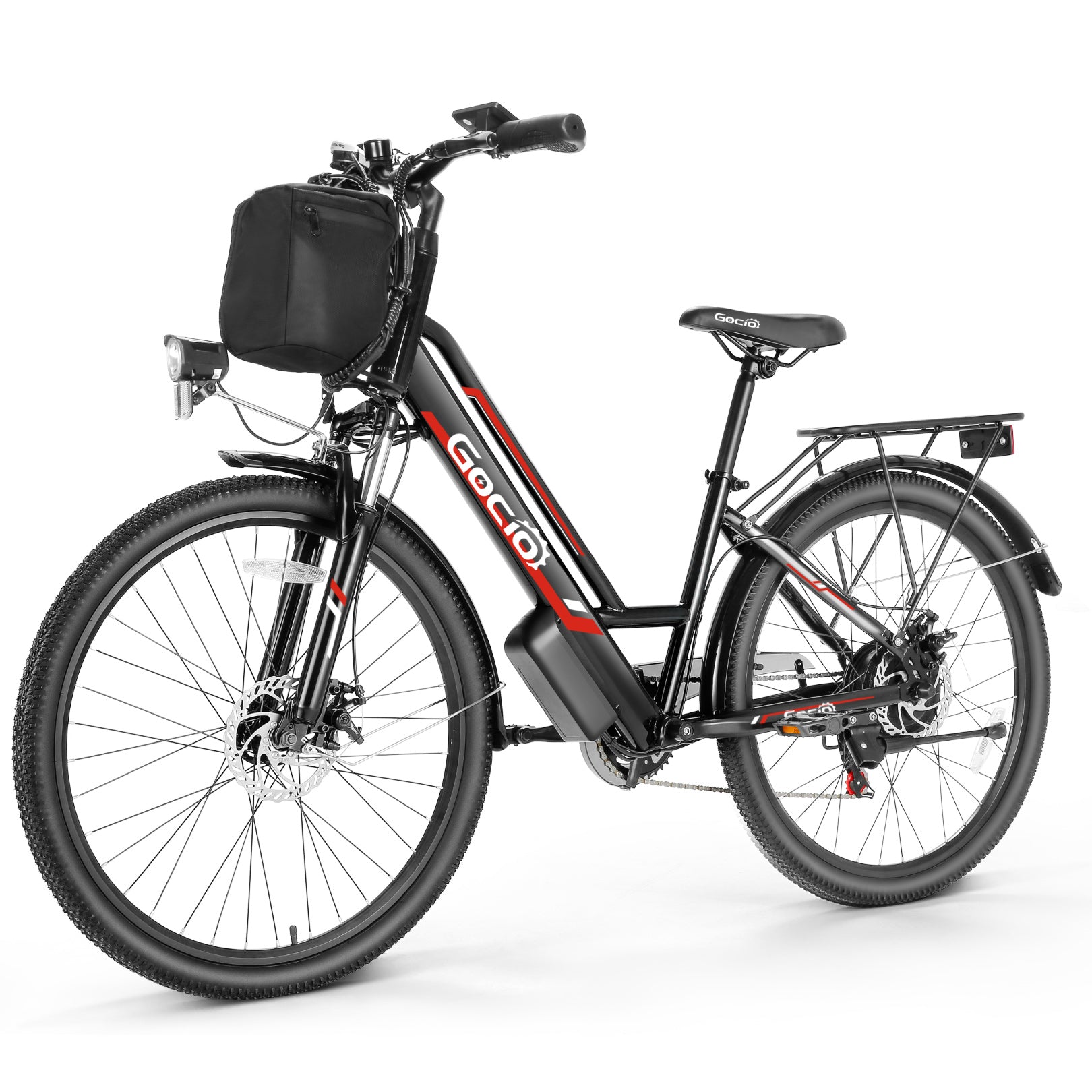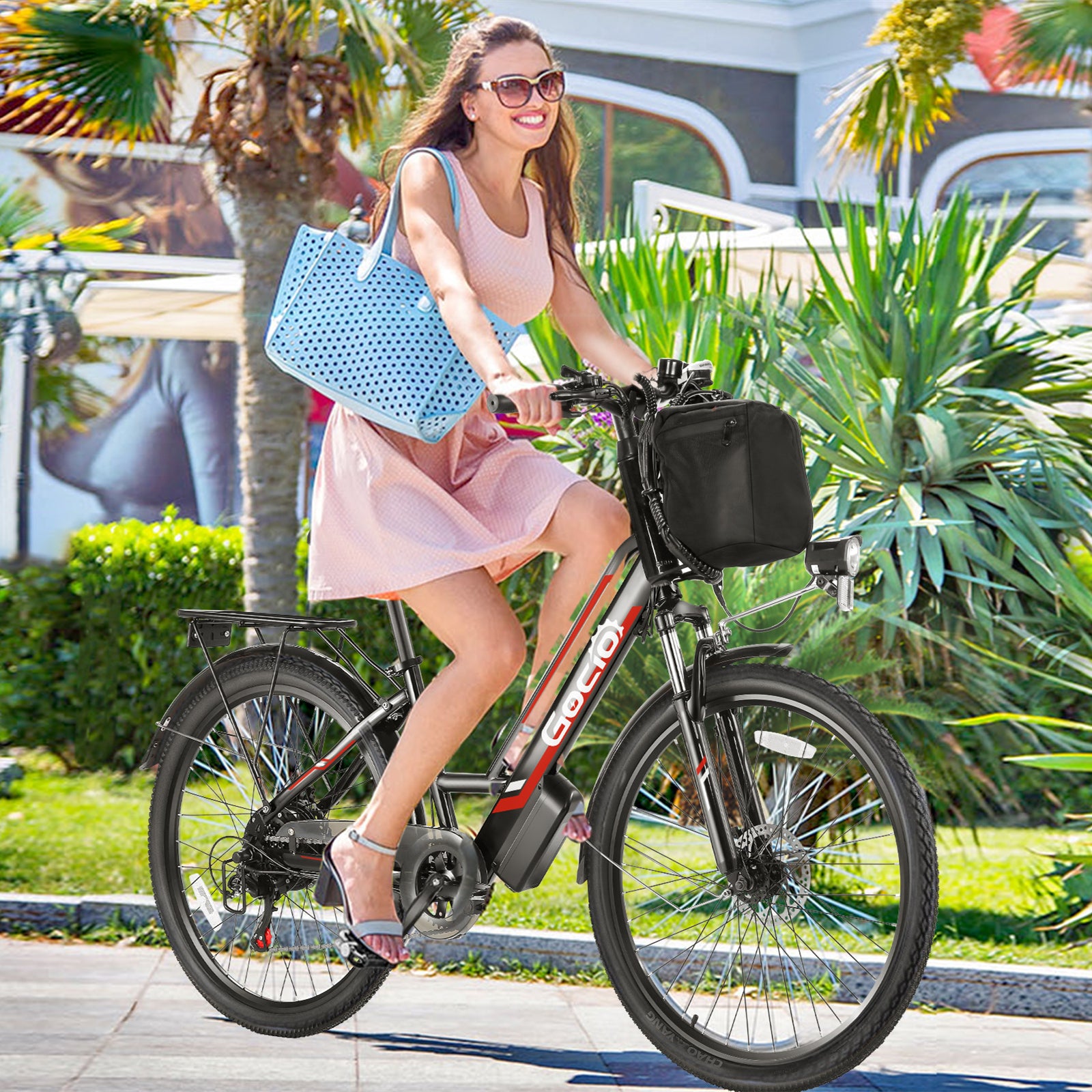Electric bikes (e-bikes) have surged in popularity, offering an eco-friendly and fun way to commute, exercise, and explore. But as these motorized marvels become more common, so does the need to understand the patchwork of laws and regulations governing their use across the United States. While there's a federal baseline, much of the specifics come down to individual state and even local jurisdictions.
The Federal Framework: A Baseline for "Low-Speed" E-Bikes
At the federal level, the Consumer Product Safety Commission (CPSC) defines "low-speed electric bicycles." To fall under this definition, an e-bike must:
- Have fully operable pedals.
- Have an electric motor with a power output of less than 750 watts (1 horsepower).
- Have a maximum assisted speed of less than 20 mph when powered solely by the motor.
This federal definition primarily dictates how e-bikes are manufactured and sold, treating them more like bicycles than motor vehicles for these purposes. However, it doesn't dictate how or where they can be ridden. That's where state laws come into play.
The Three-Class System: The Most Common Approach
To bring some clarity to the diverse regulations, most U.S. states (currently over 38) have adopted a three-tiered classification system for e-bikes. Understanding which class your e-bike falls into is crucial for knowing where you can ride it and what rules apply.
- Class 1 E-Bike: These e-bikes are pedal-assist only, meaning the motor only provides assistance when you're pedaling. The motor assistance cuts off at 20 mph.
- Class 2 E-Bike: These e-bikes have a throttle that allows for motor power without pedaling, in addition to pedal-assist. The motor assistance cuts off at 20 mph.
- Class 3 E-Bike: These e-bikes are also pedal-assist only (no throttle in most states) but can provide assistance up to a higher speed of 28 mph. Class 3 e-bikes typically require a speedometer.
State-by-State Variations: Where it Gets Complicated
While the three-class system provides a common framework, the specifics of e-bike laws vary significantly from state to state, and even by local ordinances. Here's a rundown of common areas of variation:
- Speed Limits: While Class 1 and 2 are generally capped at 20 mph and Class 3 at 28 mph, some states or localities may have stricter speed limits on certain paths or trails.
- Throttle Use: Most Class 3 e-bikes are pedal-assist only, but a few states may allow a throttle.
-
Access to Paths and Trails:
- Class 1 and 2 e-bikes are generally treated like traditional bicycles and are often allowed on bike lanes, shared-use paths, and roads.
- Class 3 e-bikes may face more restrictions. They are typically allowed on roadways and bike lanes but are often prohibited from multi-use paths and sidewalks due to their higher speed capabilities.
- Local jurisdictions (cities, counties) can also impose their own restrictions, so always check local signage.
- Licensing and Registration: In most states, Class 1, 2, and 3 e-bikes do not require a special license, registration, or insurance. However, some states, like Alabama, Alaska, and North Dakota, may classify certain e-bikes differently (e.g., as "motor-driven cycles" or "motorized bicycles") and thus require a driver's license and/or registration. If your e-bike exceeds the 750-watt power limit or 28 mph speed, it may be categorized as a moped or motorcycle, subjecting it to more stringent regulations.
- Helmet Requirements: Helmet laws vary widely. Many states require helmets for minors (riders under a certain age, often 16 or 18). Additionally, many states mandate helmets for all Class 3 e-bike riders, regardless of age. Some states or cities may have universal helmet laws for all e-bike riders.
- Age Restrictions: Some states have minimum age requirements for riding e-bikes, particularly for Class 3 models.
Why Knowing the Laws Matters
Understanding the specific e-bike laws in your area isn't just about avoiding fines; it's about safety and responsible riding. Adhering to regulations helps ensure you're riding safely for yourself and others, and contributes to the positive perception and continued access for e-bike riders.
Staying Informed
Given the evolving nature of e-bike laws, it's essential to stay informed.
- Check your state's Department of Motor Vehicles (DMV) or transportation website.
- Consult resources from advocacy groups like PeopleForBikes, which often provide comprehensive state-by-state guides to e-bike laws.
- Always look for local signage on trails and paths, as local ordinances can add further restrictions.
The electric bike movement is accelerating, offering fantastic benefits. By understanding and respecting the laws, we can all contribute to a safe and enjoyable riding experience for everyone on the road and trail. Ride on!

